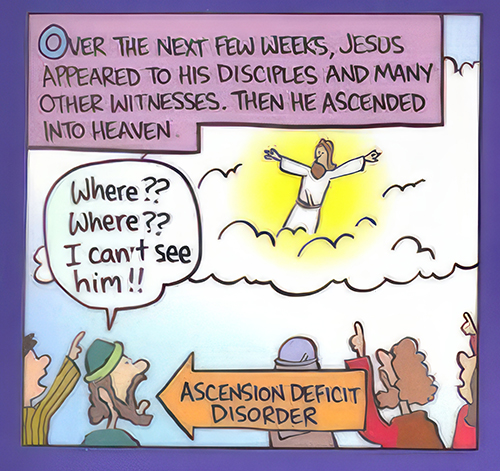The arson at the Palmerston North Cathedral shows the local Church as resilient people who can adapt to change.
This is good because change is the only constant in life.
If we had planned sharing churches, there would have been a riot.
Instead, we have shown that we can move easily between churches, although everyone is inconvenienced by time, travel, and the disruption of regular patterns.
Palmerston North is a small city, and we are very lucky to have masses in 8 churches on a Sunday between Feilding and Foxton.
In other parts of the diocese and of the church, priests and parishioners travel many kilometres for Mass.
Fire or no fire,
the traditional
parish structure
of one priest,
one parish, and
one parishioner group
is no longer a reality.
Church as a campervan
In some parts of the world, the priest visits each parish monthly or yearly.
Worse, in some parts of the world, consecrated hosts are delivered by ship to inaccessible islands or parachuted into remote communities.
Perhaps one day, the College of Bishops might address this singularly important question: Is the celebration of the Eucharist central to the life of the Church?
Fire or no fire, what is clear to all of us is that the traditional parish structure of one priest, one parish, and one parishioner group is no longer a reality.
Now we have the “trans-parishioner” who moves between parishes and masses and the “trans-priest” who ministers to multiple communities.
This creates “the trans-parish model”, where everyone identifies with more than one parish.
This model is missionary, where the mission is not in the parish office but out on the road. It is a more campervan model than a hotel one where customers book in to stay.
It is a disrupted model that brings its own challenges.
The call to mission is not new, and the Ascension is an example of it.
The angel’s jibe, “Men of Galilee, why are you standing here gapping into the sky” could be reframed: “Why are you still standing here gapping into the sky and not about the Master’s work,” or as Vatican II puts it
“The joys and the hopes, the griefs and the anxieties of the people of this age, especially those who are poor or in any way afflicted, these are the joys and hopes, the griefs and anxieties of the followers of Christ.
“Indeed, nothing genuinely human fails to raise an echo in their hearts. For theirs is a community composed of people.
“United in Christ, they are led by the Holy Spirit in their journey to the Kingdom of their Father, and they have welcomed the news of salvation, which is meant for every person.
“That is why this community realises that it is truly linked with humanity and its history by the deepest of bonds.
“Hence this Second Vatican Council, having probed more profoundly into the mystery of the Church, now addresses itself without hesitation, not only to the people of the Church and to all who invoke the name of Christ, but to the whole of humanity.” (Gaudium et Spes Nos 1- 2)
Look around
The Apostolic Command (Matthew) was not to go and build edifices, safe devotions and introspective worship but to go out and proclaim the good news (Mark).
For too long, baptism (which means immersion or being dipped in water) has been a cultural practice or a private family affair, robbed of its deeper meaning, which is the conversion of the heart and the acceptance of the Vocation to Christianity.
Baptism symbolises conversion and the call; it doesn’t replace them.

For many centuries, the Church’s liturgy did not have an Ascension Sunday, and it didn’t treat it as a special or separate event.
Rather, it always sees it as part of the Easter/Resurrection narrative of revealing the incarnation of God in the Person of Jesus of Nazareth, the Christ of God.
When we see Ascension as separate from the larger Easter narrative, it becomes a special moment when we wonder about the Second Coming and forget to look around at the reality of life and the needs that are in front of us all.
So we end up “looking into the sky,” wondering about the eternal verities, and forget to look around.
The Easter/Ascension narrative prepares us to become the People of Pentecost, who are constantly looking for new and innovative ways to engage with the world as it is.
- Joe Grayland is a theologian and a priest of the Diocese of Palmerston North. His latest book is: Liturgical Lockdown. Covid and the Absence of the Laity (Te Hepara Pai, 2020).
News category: Analysis and Comment, Great reads.




